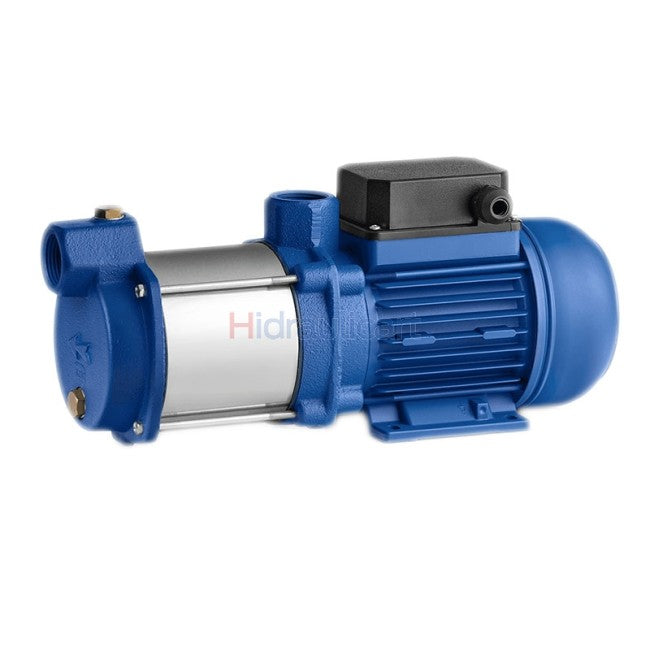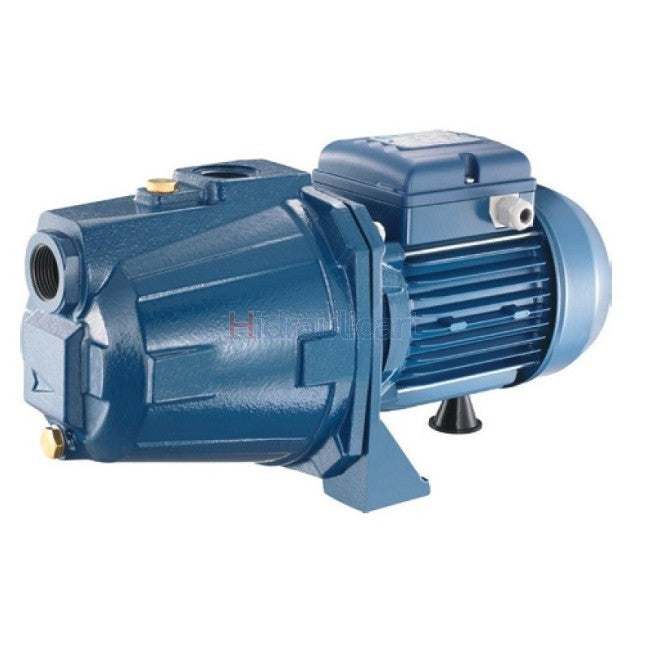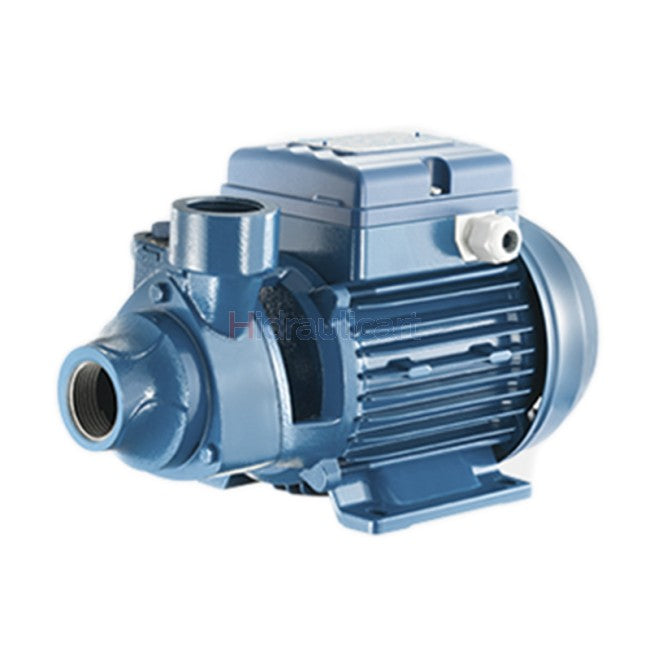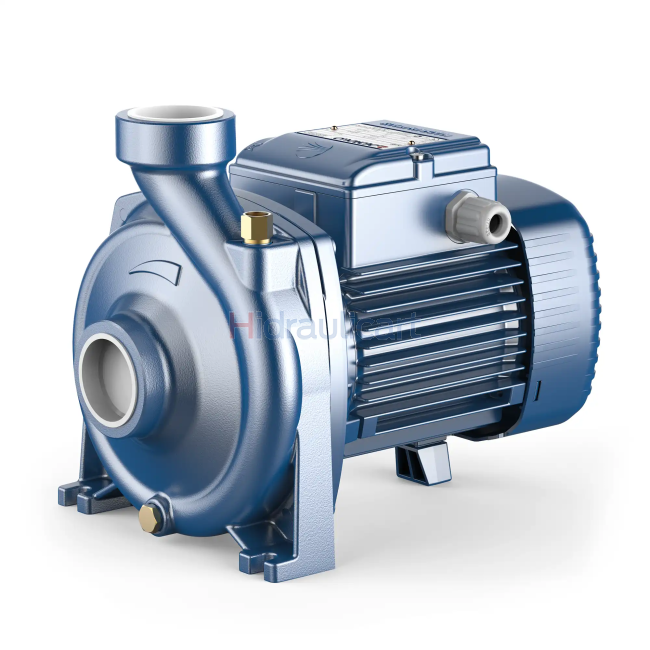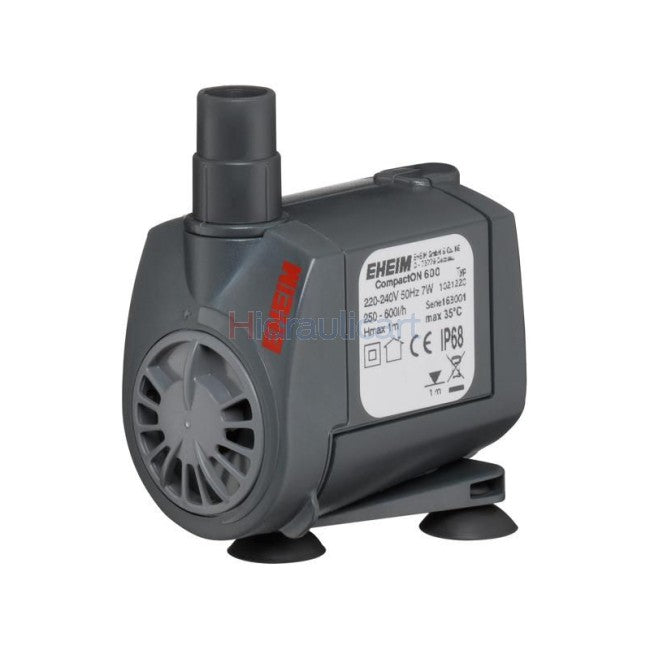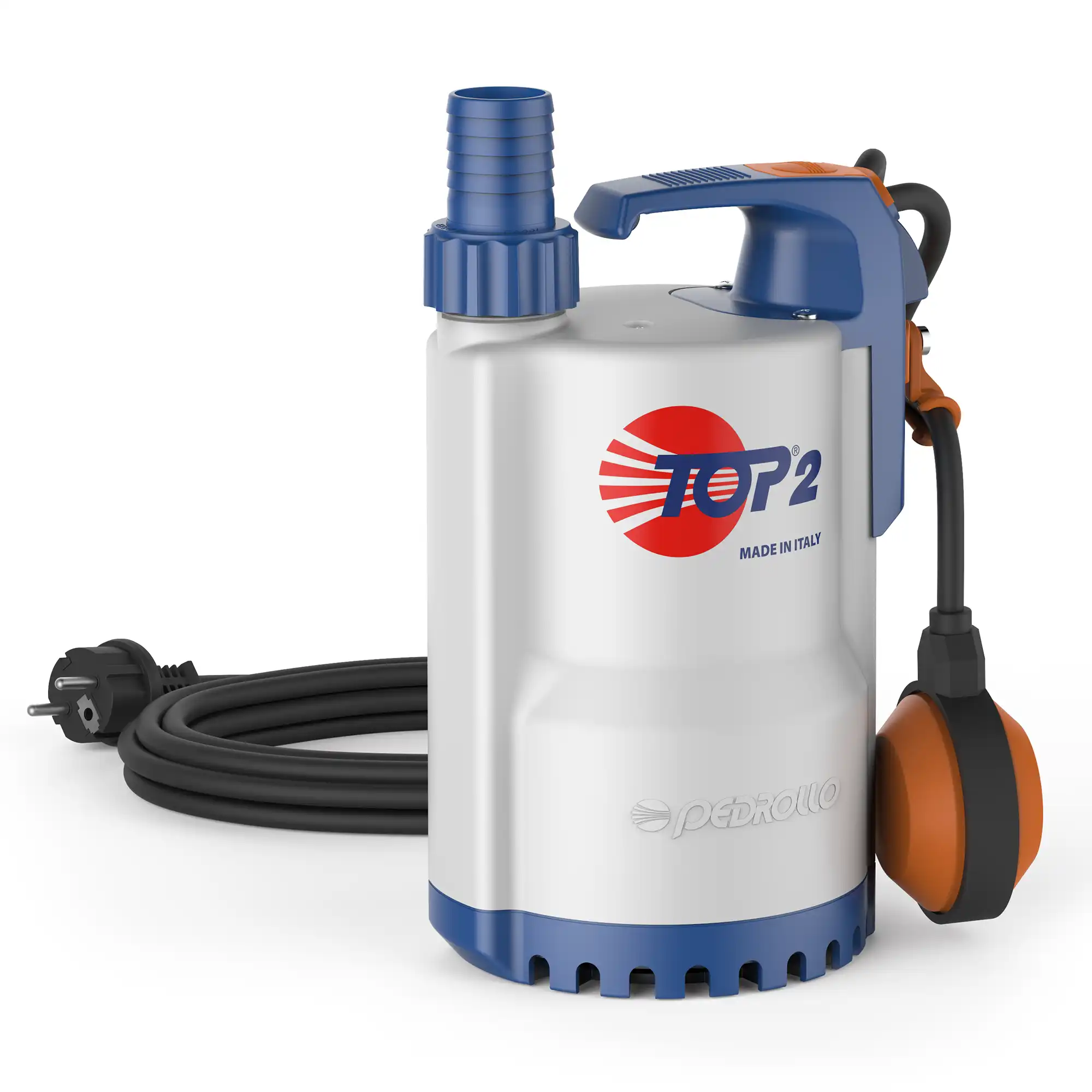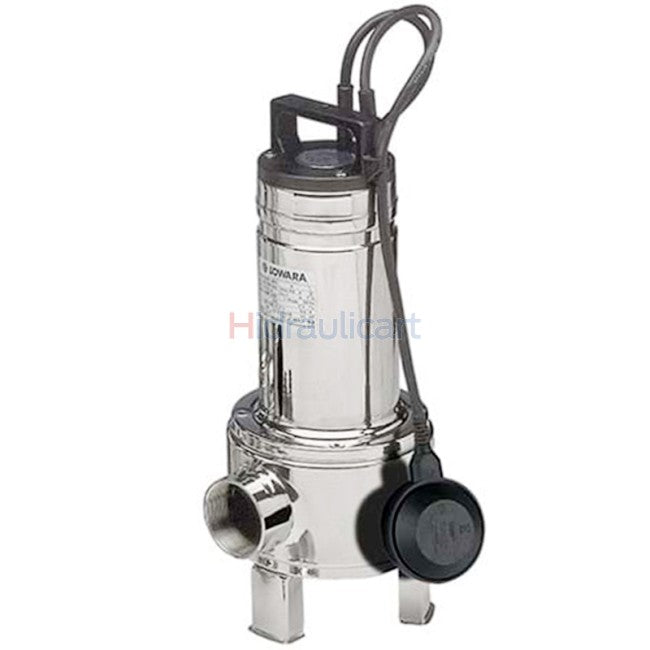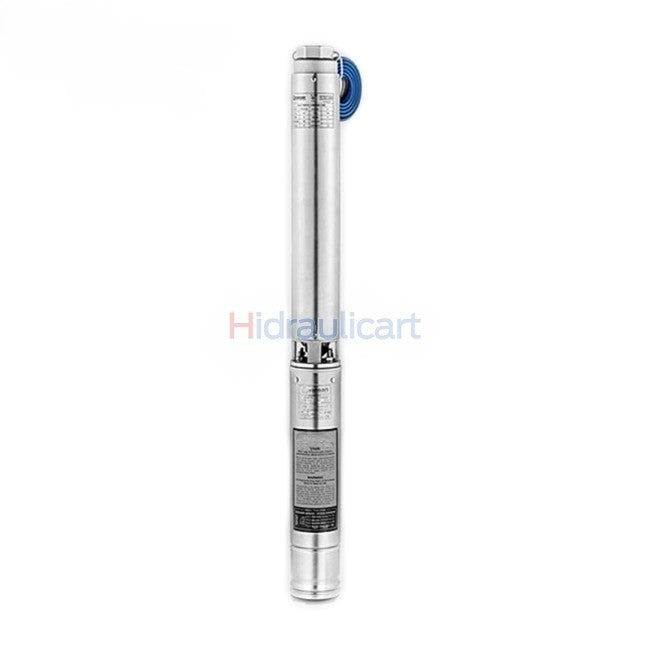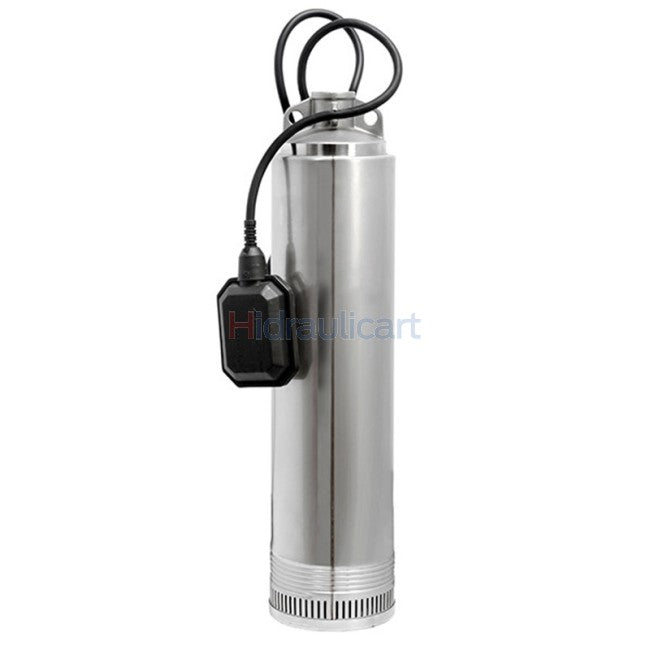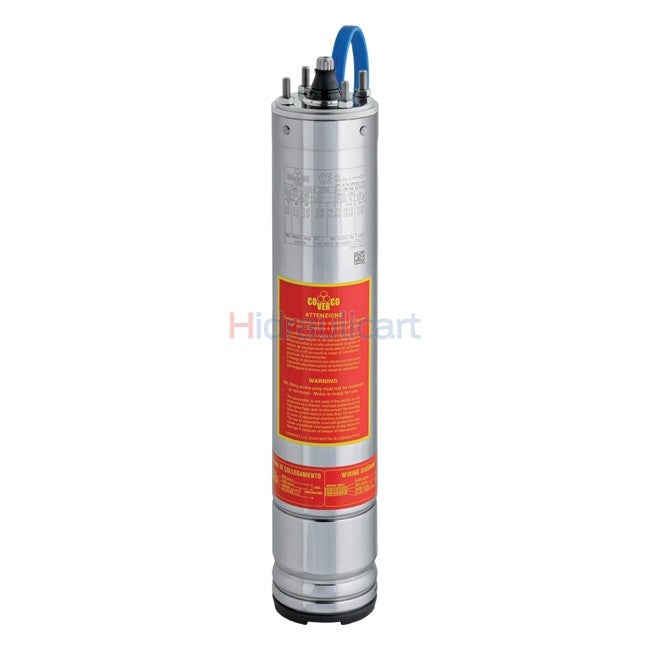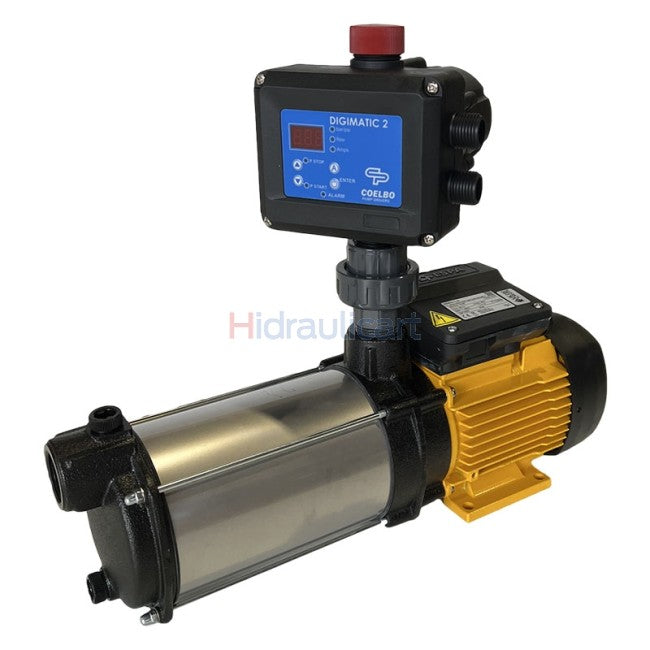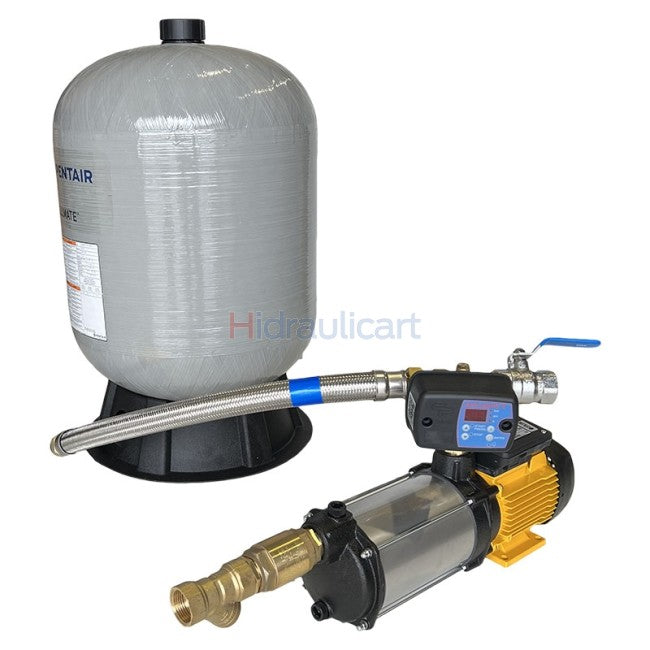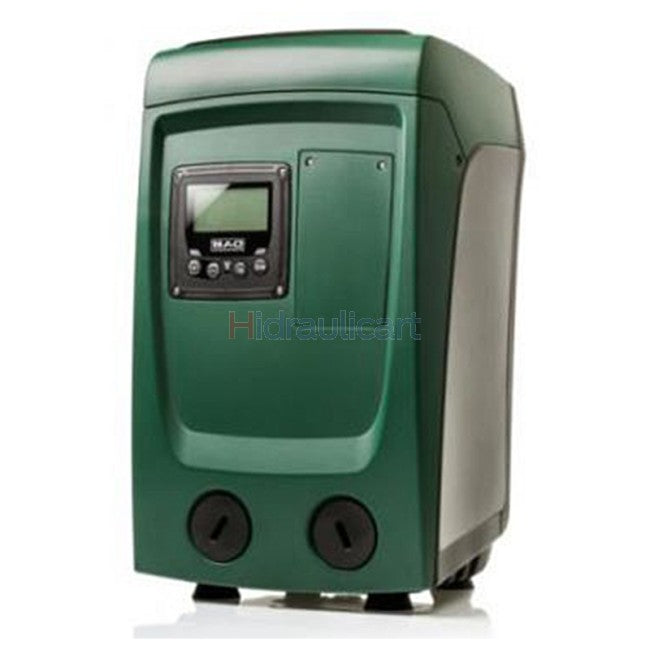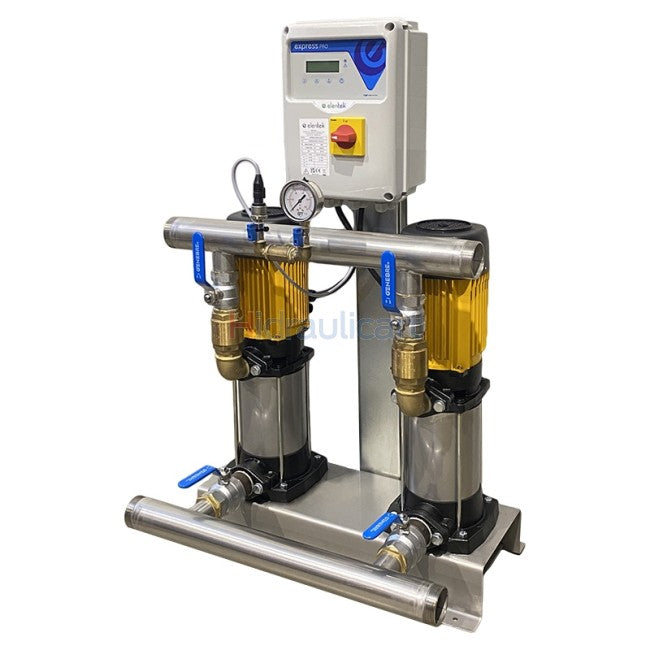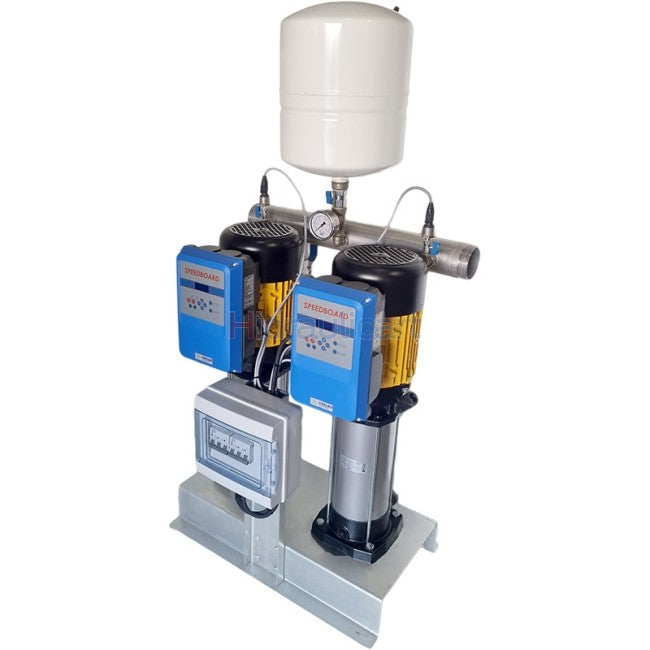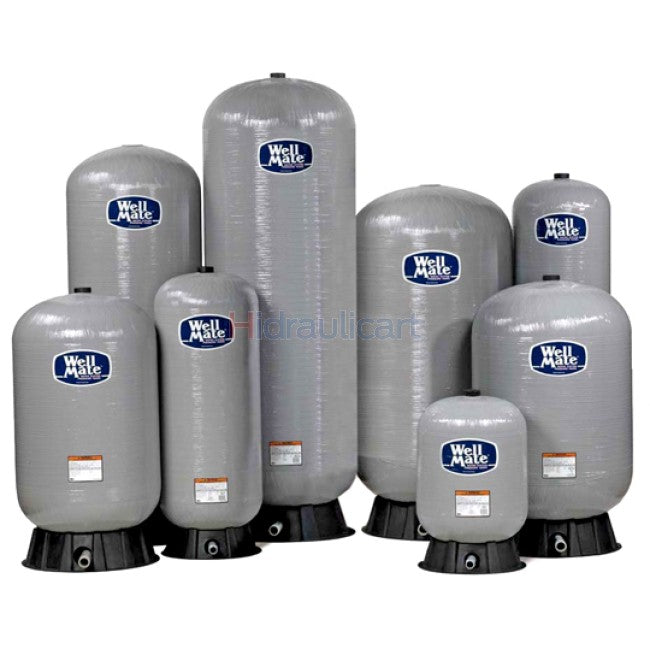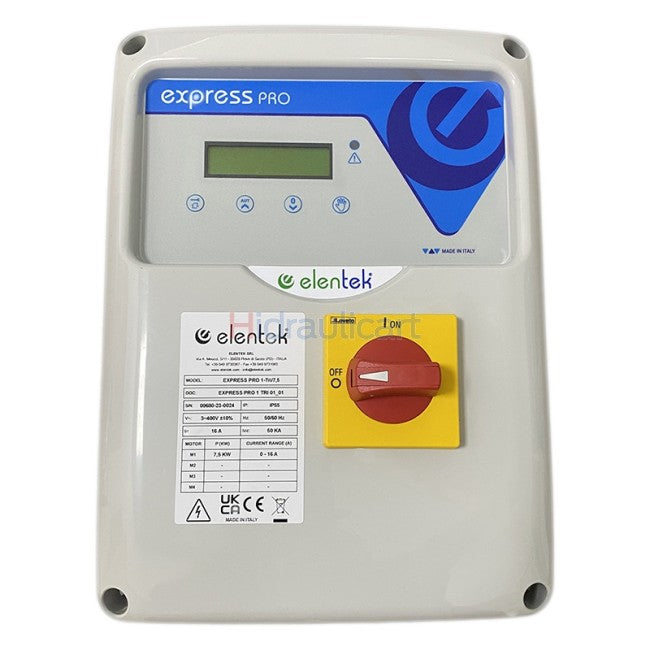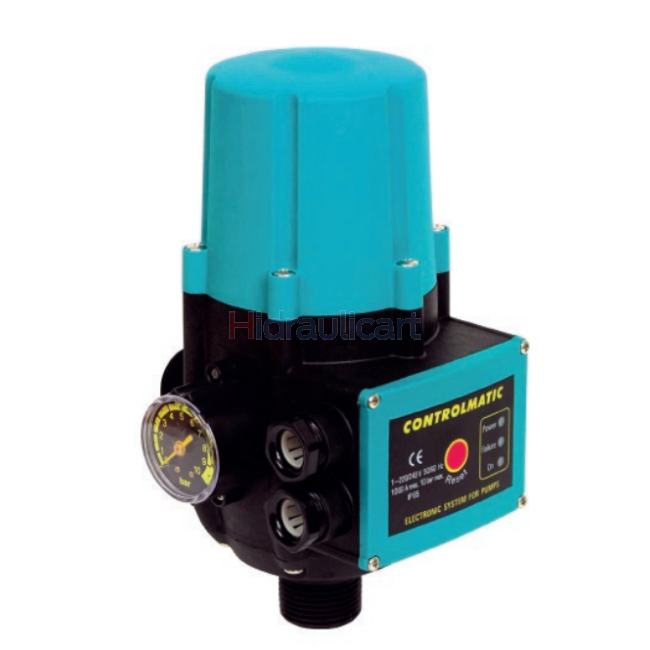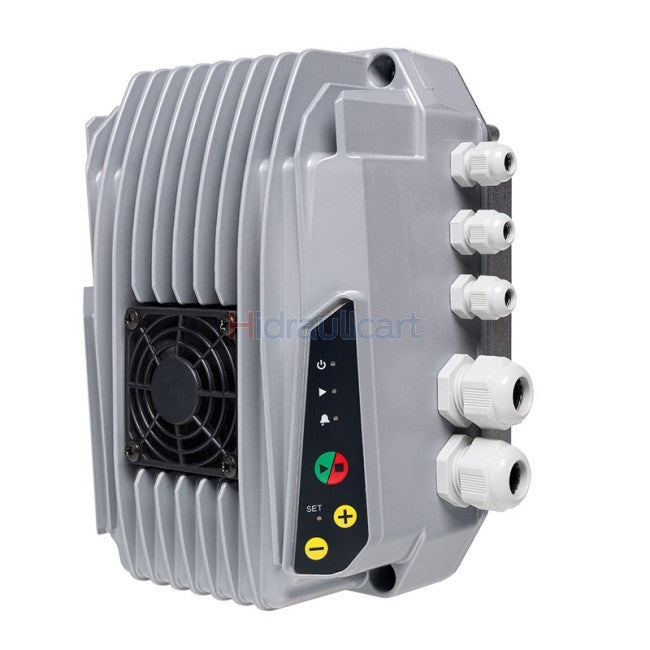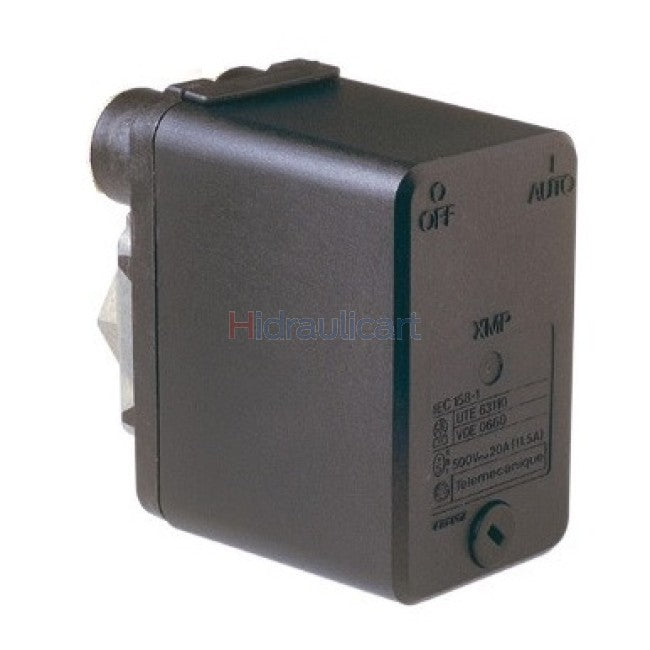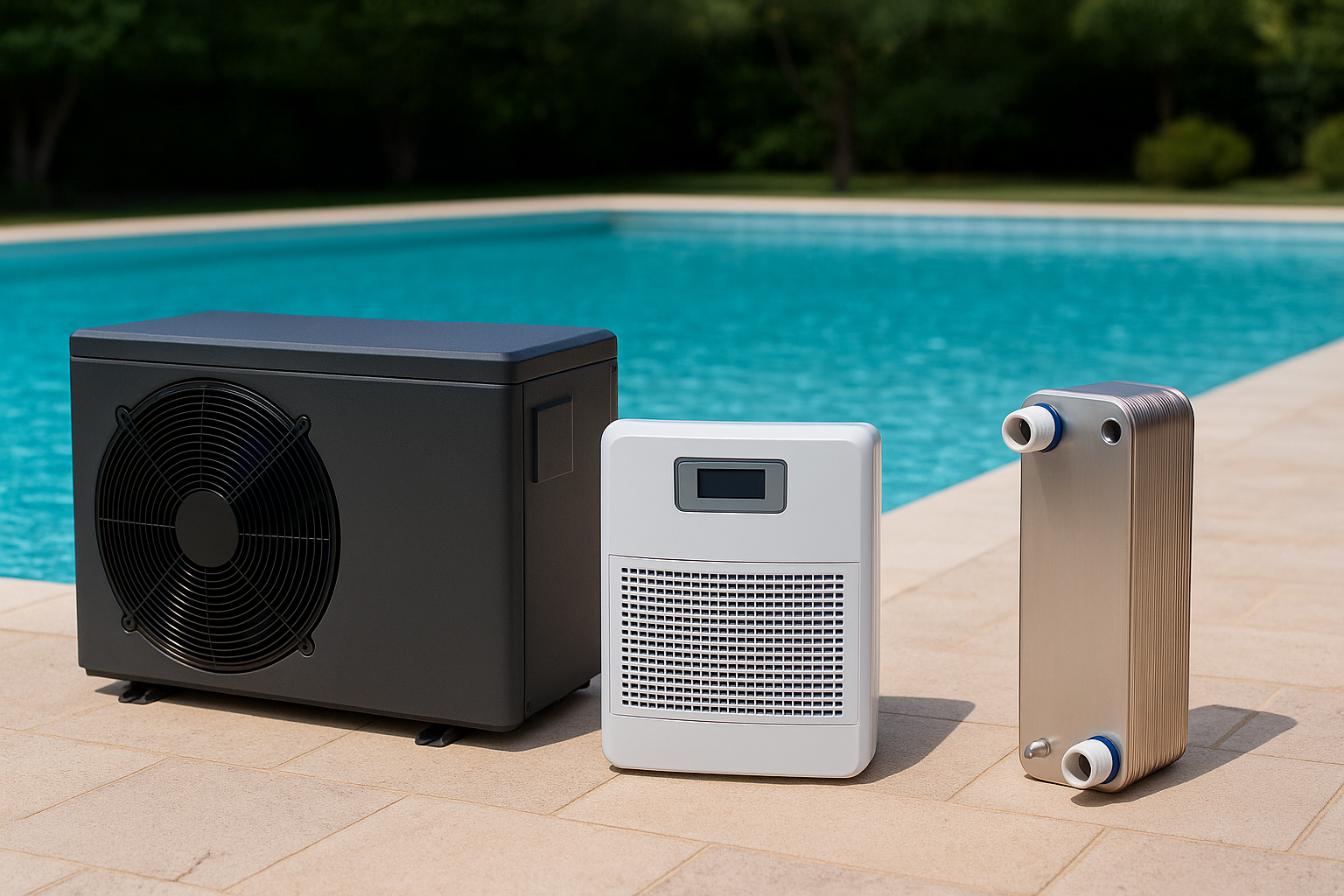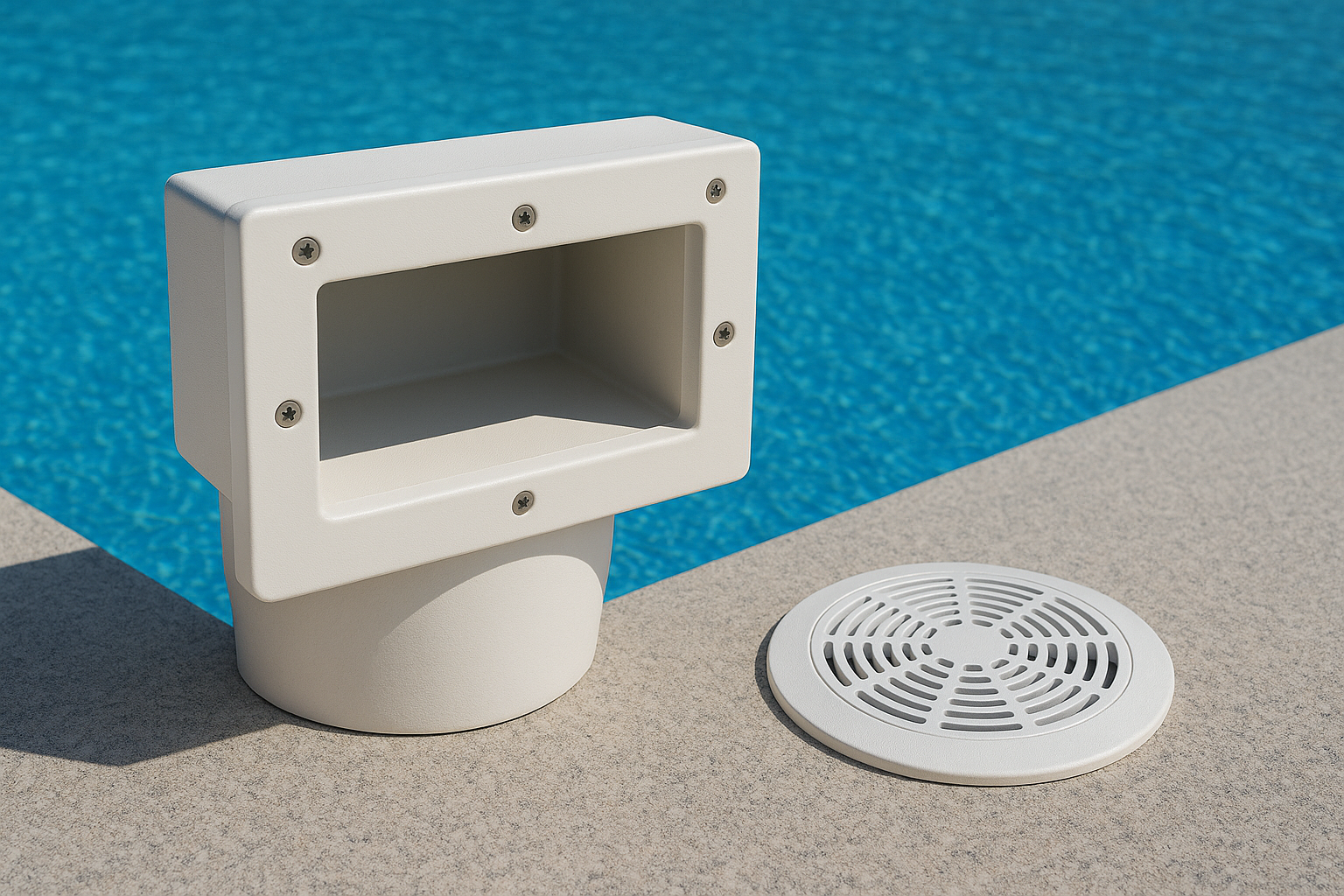Salt Electrolysis Systems
Introduction
This article was created to help our customers better understand the operation and technologies of chlorine generators, facilitating both the conscious use of the equipment and the communication with our technical team in case of doubts or anomalies.
Understanding the basics allows for a smoother and more autonomous experience, reducing the need for urgent interventions and contributing to a healthier and more efficient pool.
What it is for and how it works
The salt electrolysis system converts common salt dissolved in the pool water (sodium chloride) into active chlorine (sodium hypochlorite) through an electrical reaction. This chlorine is responsible for disinfecting the water, eliminating microorganisms and keeping it crystal clear.
The process is cyclical: chlorine, after fulfilling its function, turns back into salt, making the system ecological, sustainable, and low maintenance.
Advantages of Salt Electrolysis
-
Continuous and automatic disinfection;
-
Reduction in the use of manual chemicals;
-
Softer water for skin, eyes, and hair;
-
Less periodic maintenance ;
-
Sustainable system and long-term;
-
Operational cost reduction over time.
Common Problems
| Problem | Probable Cause | Recommended Solution |
|---|---|---|
| Limescale formation on the electrodes | Hard water | lack of maintenance | Clean the cell with appropriate acid solution |
| Low chlorine production | Incorrect salt level | Worn cell | Check cell levels and condition |
| Flow failure alarm | Pump stopped | Dirty filter | Insufficient flow | Check pump, filter, and valves |
| Corrosion of metal components | Incorrect installation | High salinity | Correct grounding / keep salt at ideal levels |
| Unstable pH | Lack of automatic control or monitoring | Install dosing pump or check manually |
Maintenance Tips
-
Cleaning the electrolysis cell - Every 4 to 6 weeks (or as per the manual), especially in hard water;
-
Monitor salt level - Ideally between 3,000 and 5,000 ppm (or as recommended by the manufacturer);
-
pH check - Between 7.2 and 7.6 for maximum chlorine efficiency;
-
Visual inspection of the cell - To detect wear, scale, or deformations;
-
Cell replacement - Usually after 5,000 to 10,000 hours of use.
Technologies – Types and Differences
| Type of Technology | Main Advantage | Ideal for... | Technical Notes |
|---|---|---|---|
| Monopolar Cell | More economical | Small pools | occasional use | Requires manual cleaning or basic reversal |
| Self-cleaning Bipolar Cell | Less maintenance | greater durability | Regular use | family pools | Automatic polarity reversal |
| With Redox (ORP) probe | Smart adjustment of chlorine production | Pools with variable usage | Monitors the disinfectant in real time |
| With automatic pH control | Keeps the pH balanced automatically | Pools prone to instability | Requires compatible dosing pump |
| "Low Salt" (Low salinity) | Comfort and less corrosion | Indoor pools | aesthetic concern | Requires more sensitive equipment |
| With connectivity (Wi-Fi / App) | Remote control and real-time notifications | Holiday homes | Remote management | May include remote assistance |
Quick Guide for Selection and Use
Salt electrolysis chlorine generators are a practical, sustainable, and efficient solution to maintain the quality of your pool water. With simple maintenance and various technologies, they adapt to different types of users and offer superior comfort compared to manual treatment with chemical products.
With the right knowledge, the user gains autonomy, confidence and peace of mind in managing their pool – and, if necessary, our team will always be ready to support.
